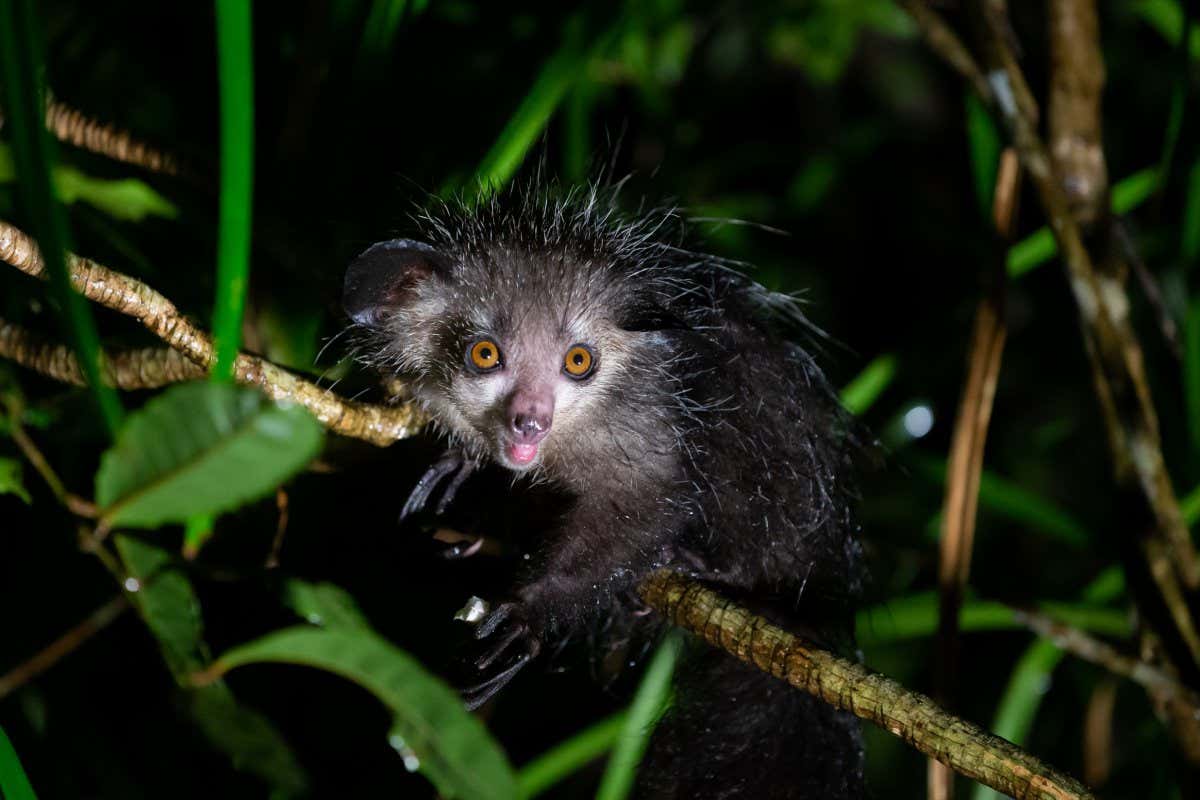Aye-ayes and Possums: Urgent Conservation Priorities in a Changing World
The plight of unique and often overlooked creatures highlights a critical aspect of global conservation: the need to protect biodiversity beyond the charismatic megafauna. Two such creatures, the enigmatic aye-aye of Madagascar and the diverse possums of Australia and the Americas, face significant threats that demand immediate attention. Their survival is not only vital for maintaining ecosystem balance but also serves as a stark warning about the fragility of our planet's biodiversity.
The Aye-Aye: A Nocturnal Enigma Under Threat
The aye-aye (Daubentonia madagascariensis), a lemur endemic to Madagascar, is a truly unique primate. Its large, perpetually growing incisors, long, spindly fingers, and nocturnal habits make it unlike any other mammal. This distinctive appearance, coupled with superstitious beliefs, has unfortunately led to its persecution, resulting in its classification as endangered by the IUCN.
- Habitat Loss: Deforestation for agriculture and logging is the primary threat to the aye-aye's survival. Loss of its forest habitat directly impacts its food sources and breeding grounds.
- Hunting: Sadly, aye-ayes are often hunted due to superstitious beliefs. They are sometimes seen as omens of bad luck or death.
- Climate Change: The changing climate in Madagascar exacerbates the threats, leading to more frequent and severe droughts, impacting the availability of food and water for aye-ayes.
Conservation Efforts: Fortunately, various conservation organizations are working tirelessly to protect the aye-aye. These efforts include:
- Habitat Protection: Establishing protected areas and working with local communities to promote sustainable forestry practices.
- Education and Awareness: Educating local populations about the importance of the aye-aye and dispelling harmful myths and superstitions.
- Captive Breeding Programs: Though challenging, captive breeding programs play a crucial role in safeguarding the genetic diversity of the species.
Possums: A Diverse Group Facing Mounting Challenges
Possums, belonging to the order Didelphimorphia (in the Americas) and Diprotodontia (in Australia), represent a remarkably diverse group of marsupials. While some species are thriving, many others are facing serious conservation challenges.
- Habitat Fragmentation: Urbanization and agricultural expansion have led to habitat fragmentation, isolating possum populations and reducing genetic diversity.
- Predation: Introduced predators, such as cats and foxes, pose a significant threat to possum populations in Australia and some parts of the Americas.
- Disease: Outbreaks of diseases can decimate possum populations, especially those already under stress from habitat loss and predation.
Conservation Strategies for Possums:
Effective conservation strategies for possums vary depending on the species and location but generally involve:
- Habitat Restoration and Connectivity: Restoring degraded habitats and creating wildlife corridors to connect fragmented populations.
- Predator Control: Implementing measures to control introduced predators in areas where possums are vulnerable.
- Disease Management: Monitoring possum populations for disease outbreaks and implementing appropriate management strategies.
- Community Engagement: Involving local communities in conservation efforts to ensure long-term success.
The Bigger Picture: A Call to Action
The conservation challenges faced by aye-ayes and possums are a microcosm of the broader biodiversity crisis. These species, along with countless others, require urgent and sustained conservation efforts to prevent their extinction. Supporting conservation organizations, advocating for stronger environmental policies, and making conscious choices to reduce our impact on the environment are crucial steps towards securing a future for these unique animals and the ecosystems they inhabit. We must act now to protect these remarkable creatures before it's too late. Learn more about how you can help at [link to relevant conservation organization].

